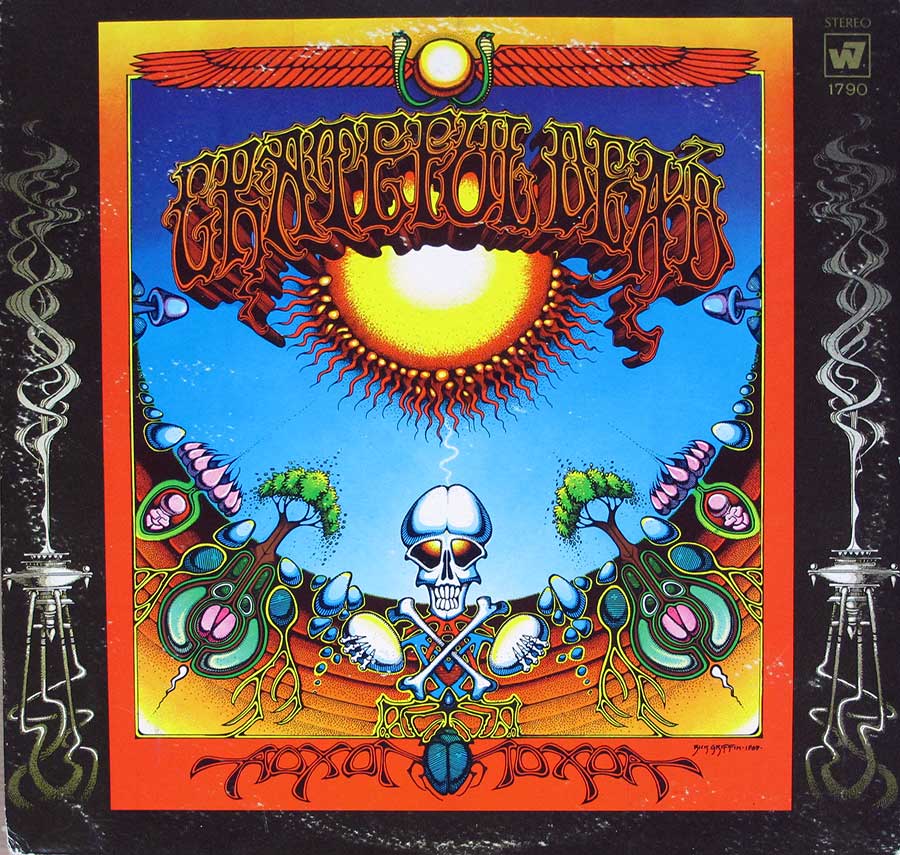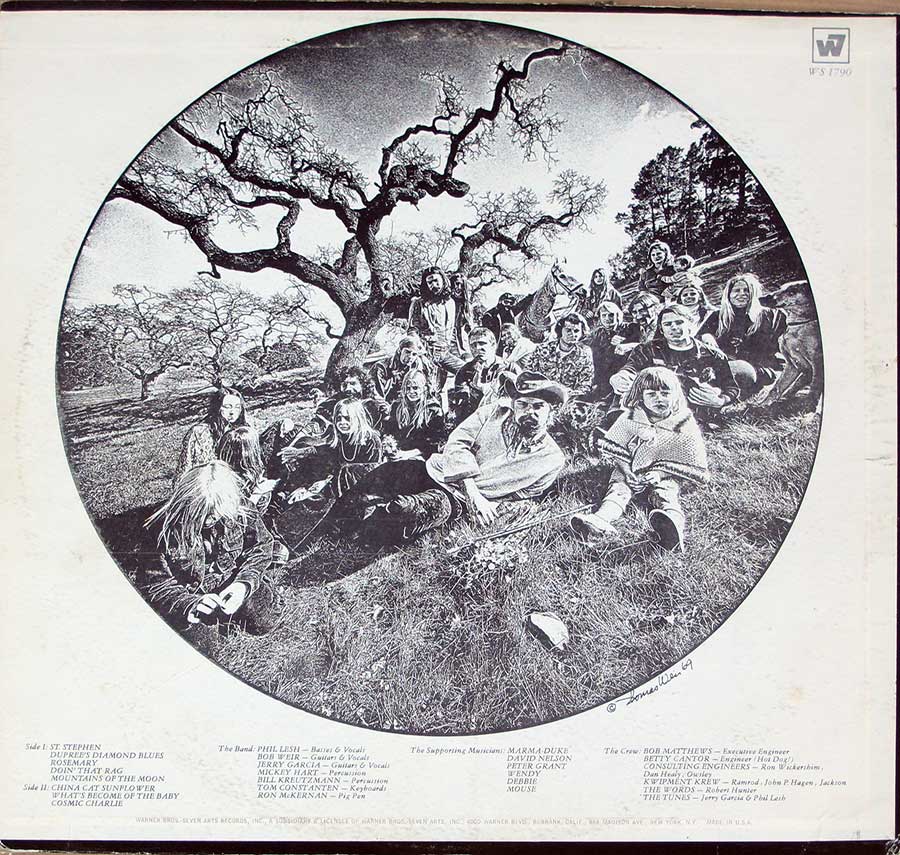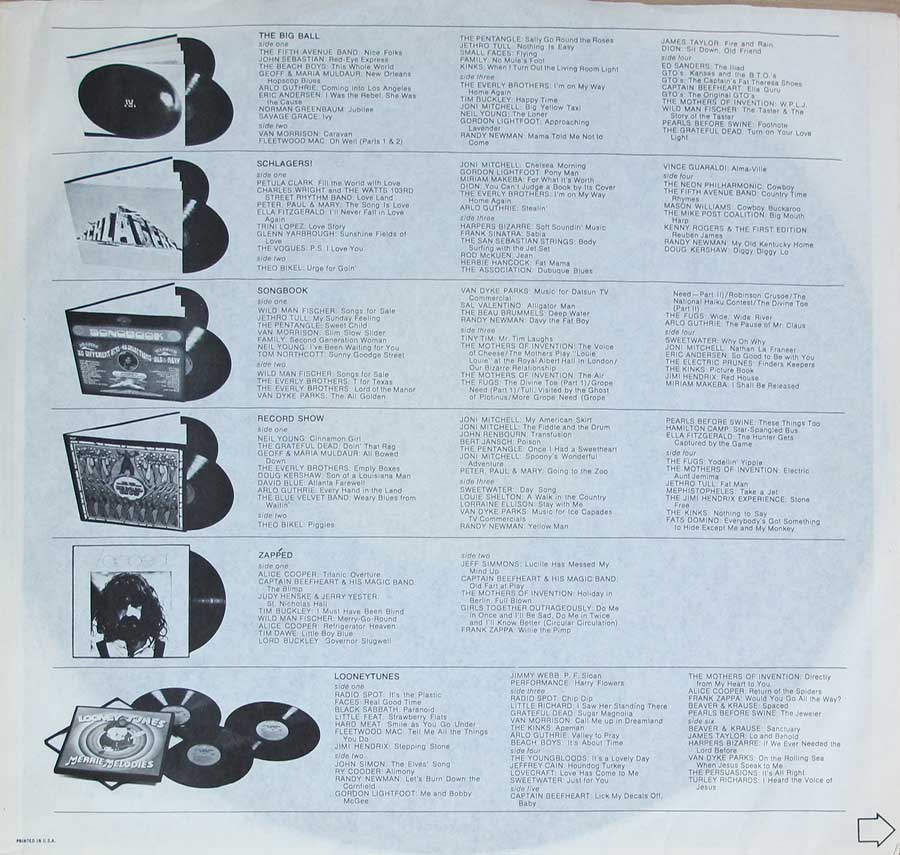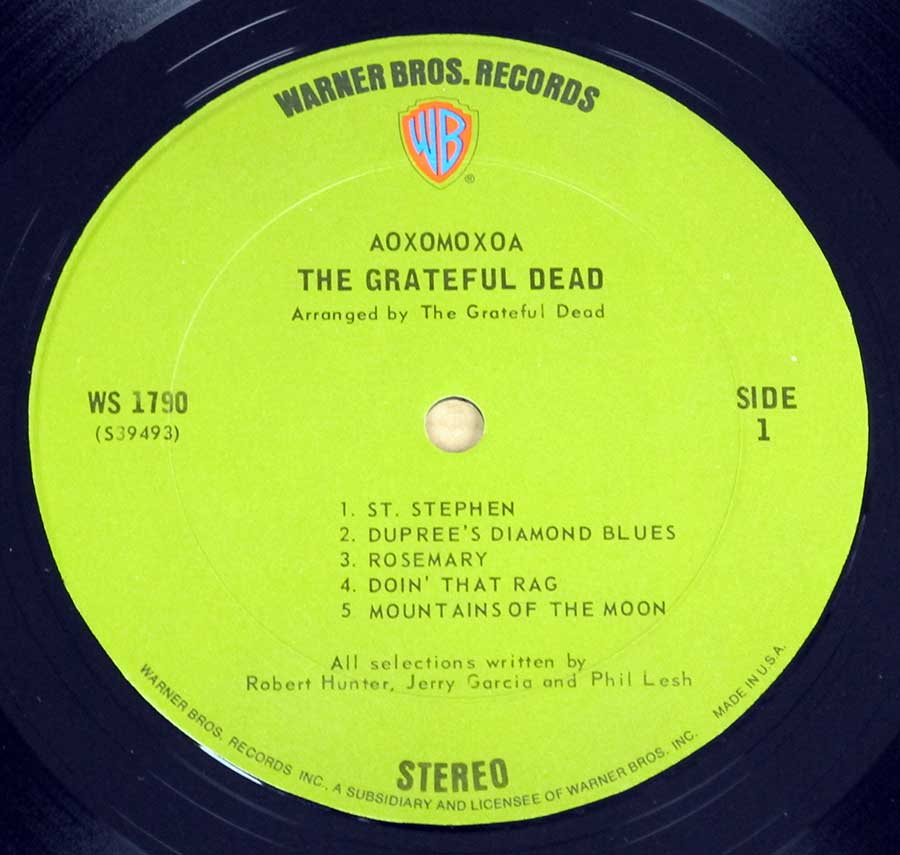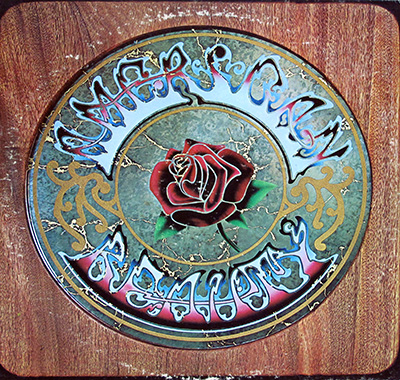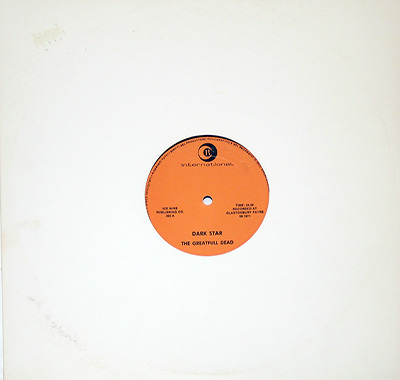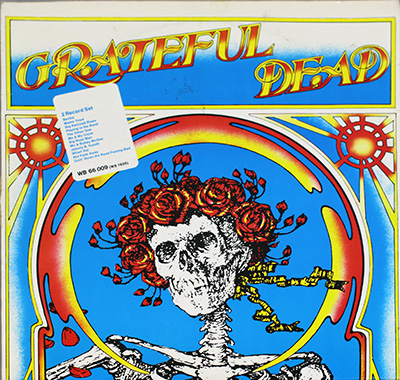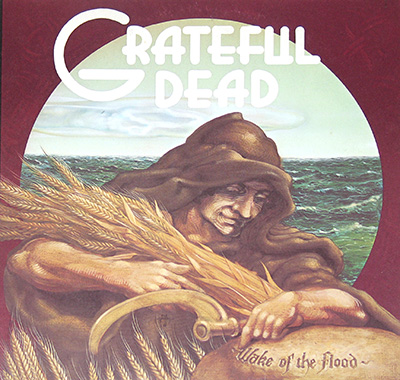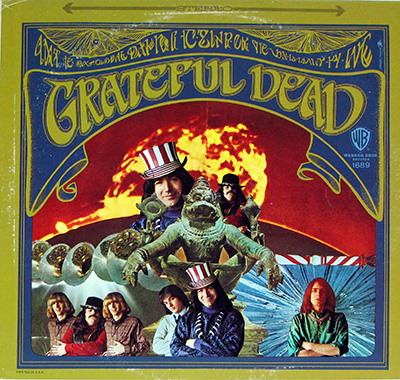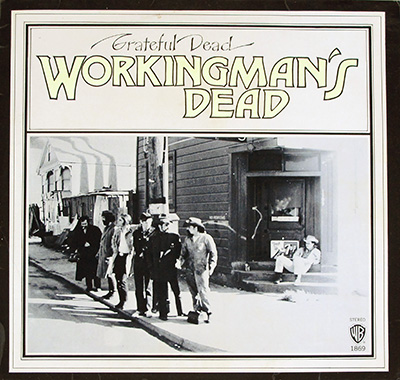In 1969, when peace and love were still rallying cries echoing from the Summer of Love, Aoxomoxoa arrived as a sonic proclamation of Grateful Dead’s unchained, unpredictable energy. Released amidst cultural upheaval and a music scene obsessed with breaking free from the mainstream, this album was no mere record—it was a psychedelic experiment and a strange, spiraling odyssey that captured the wilder currents of San Francisco’s late-’60s counterculture. By the time Aoxomoxoa hit the shelves, the Dead had honed a reputation for their electrifying live shows, and here, they sought to bottle that relentless creativity into grooves of wax.
The name "Aoxomoxoa" is derived from a word play created by the Grateful Dead's lyricist, Robert Hunter. It does not have a specific meaning but was intended to be a whimsical and cryptic word. Hunter combined the letters of the English alphabet and rearranged them to form the title. The unique and unconventional name reflects the band's psychedelic and creative approach to their music, adding to the enigmatic and mystical aura of the album.
Historical Context: The Psychedelic Surge
The Dead recorded Aoxomoxoa in an era where rock music was transforming fast. Bands like The Beatles, Jimi Hendrix, and Jefferson Airplane had already begun blurring genre lines, experimenting with studio effects, and bending the rules of traditional song structures. The Grateful Dead, however, wanted something more immersive—a multi-dimensional trip that could evoke the chaotic, pulsing experience of their live sets. They saw the studio not just as a place to record but as an instrument itself, bending it to their will in new and inventive ways.
Entering Pacific High Recording Studio in San Francisco, the Dead worked with a then-revolutionary 16-track tape machine, which allowed them unprecedented freedom to layer sound. This setup enabled them to indulge every creative impulse, but it also stretched the album’s budget, landing them in substantial debt to Warner Bros. Yet, with no rules or time limits, the band felt liberated, allowing their improvisational ethos to spill over into every track.
Musical Exploration: Boundless Psychedelia
Aoxomoxoa is an album that disregards genre conventions. Its sound is rooted in the sprawling improvisations that defined the Dead’s live performances, infused with folk, blues, and a hefty dose of psychedelic rock. From the hypnotic rhythms of “St. Stephen” to the ethereal reverberations of “China Cat Sunflower,” the album was a landscape in which each song served as a unique exploration of consciousness and musical possibility. The band infused traditional folk and blues with surreal, acid-drenched lyrics by Robert Hunter, whose partnership with Jerry Garcia was just beginning to blossom. Hunter’s words evoked mysticism and a loose sense of storytelling, moving away from straightforward lyrics toward the arcane and symbolic.
In “Doin’ That Rag” and “Dupree’s Diamond Blues,” the band conjured a hybrid of folk blues and strange narrative twists, weaving cryptic tales laced with subtle humor. Garcia’s guitar lines on “Mountains of the Moon” and “Rosemary” contrasted sharply with the dense, layered psychedelia, giving these songs a more acoustic, folk-tinged warmth that pulled listeners in for an introspective pause amid the album’s wilder moments.
Musicians: A Convergence of Influences
The lineup on Aoxomoxoa consisted of Jerry Garcia on guitar and vocals, Phil Lesh on bass, Bob Weir on rhythm guitar, Bill Kreutzmann on drums, and Tom Constanten on keyboards, whose avant-garde background added a unique texture to the album. Constanten’s keyboard work stood out, especially in songs like “What’s Become of the Baby,” where his unconventional approach to sound layers introduced a hallucinatory, otherworldly dimension. Lesh, a formally trained musician with a background in classical music, contributed both complex bass lines and an influence that pushed the Dead’s sound far beyond simple rock and roll.
The Grateful Dead’s commitment to musical freedom often led them down roads no other bands would attempt. The musicians allowed themselves to get swept up in lengthy, unpredictable jams, capturing raw spontaneity. Garcia’s deft guitar work, paired with Weir’s rhythm lines and Lesh’s innovative bass, created an organic interplay of instruments, each musician flowing in and out of lead roles.
Controversy: Tensions in the Studio
The freedom of Aoxomoxoa was both a blessing and a curse. The new 16-track technology provided room for endless experimentation but also led the band into logistical and creative challenges. As the band pushed recording limits, costs skyrocketed, and their label grew impatient. The process of layering, reworking, and reimagining the music devolved into a maze of overdubs, and the project spiraled into one of the most expensive albums the Dead had ever recorded. Tensions arose as the band members grappled with their own ideas of what Aoxomoxoa should be, while Warner Bros. pressured them to keep things moving.
The album also saw a significant revision in 1971. Unhappy with the muddled, experimental nature of the initial release, Garcia and Lesh spearheaded a remix effort to streamline the sound, removing layers they felt distracted from the core of the music. As a result, two versions of the album exist, each providing different windows into the Dead’s creative process.
The Album’s Sound and Structure: A Psychedelic Soundscape
Aoxomoxoa opens with “St. Stephen,” a song that balances folk-like storytelling with a propulsive beat that builds into an electric crescendo. It’s immediately followed by “Dupree’s Diamond Blues,” a tune with an almost carnival-like quality, swinging between light-hearted playfulness and surreal lyricism. The album’s true psychedelic centerpiece, “What’s Become of the Baby,” feels more like an experimental soundscape than a traditional song, with Constanten’s otherworldly keyboard effects and Garcia’s layered vocals floating in a void of eerie reverb. This track pushed the boundaries of what a rock song could be, an unconventional but daring exploration of sound that anticipated the avant-garde elements seen in later rock experimentation.
